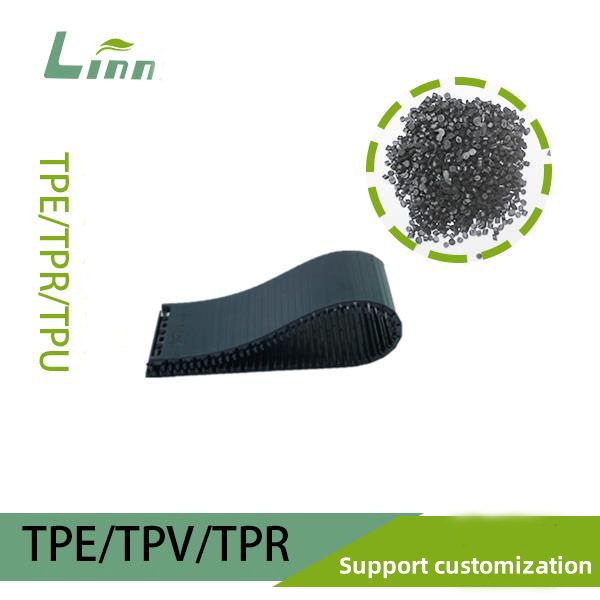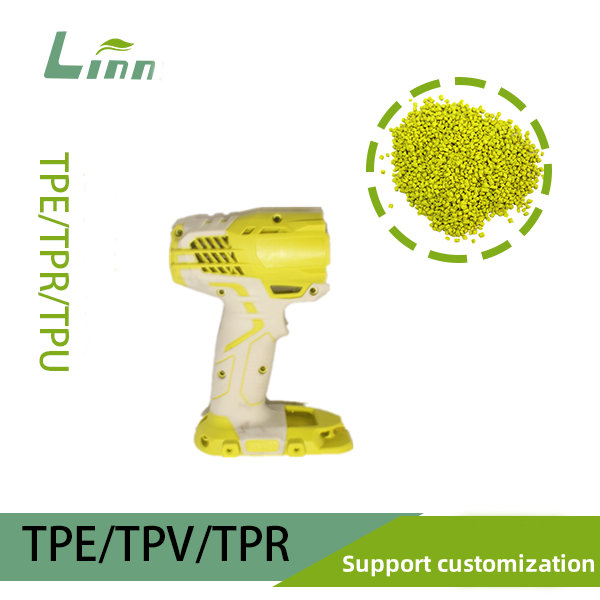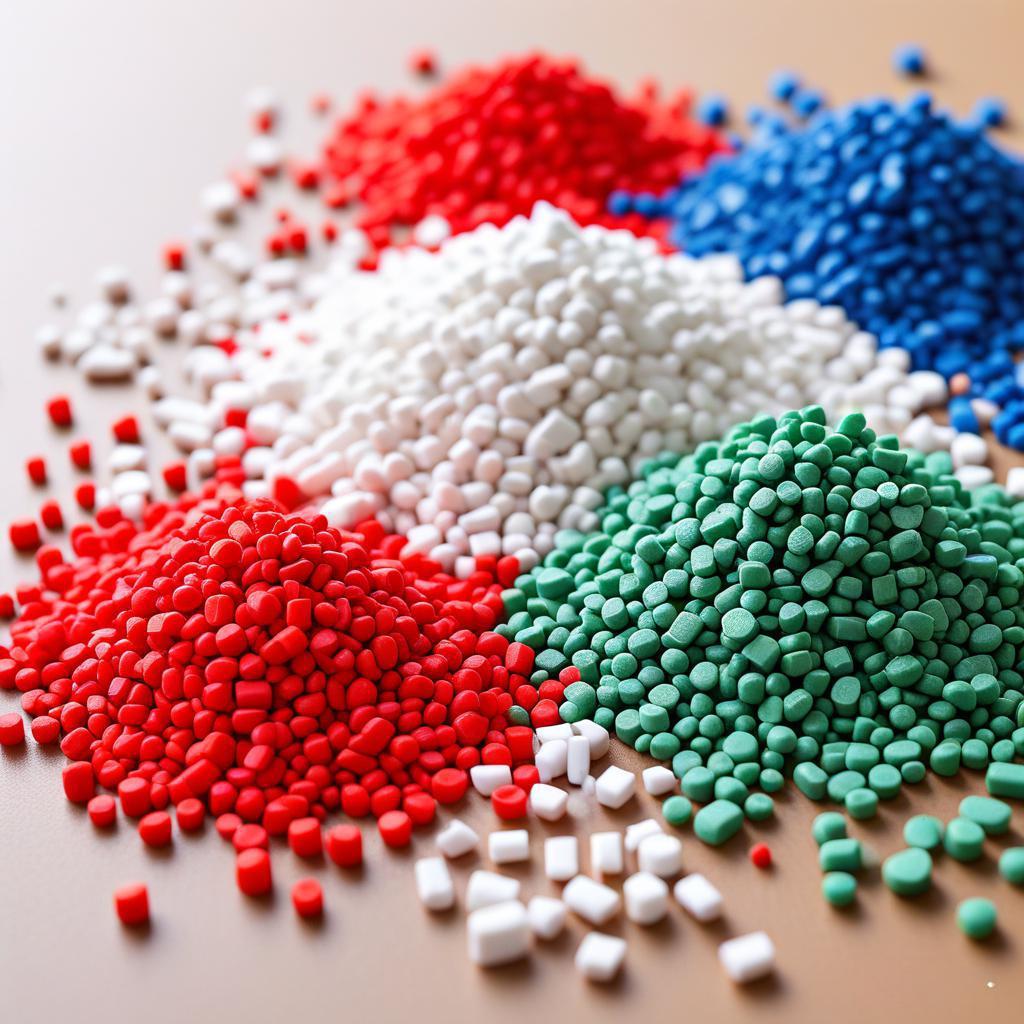In my twenty-plus years formulating and troubleshooting thermoplastic elastomers for injection molding applications—from precision medical connectors to durable automotive gaskets—I have pinpointed bubbles as one of the most common yet solvable defects. Manufacturers often contact me when pristine TPE shots emerge marred by voids, pinpricks, or silvery streaks, halting production lines and inflating scrap rates. These bubbles compromise structural integrity, aesthetics, and functionality, leading to leaks in seals or weakened grips in consumer products.
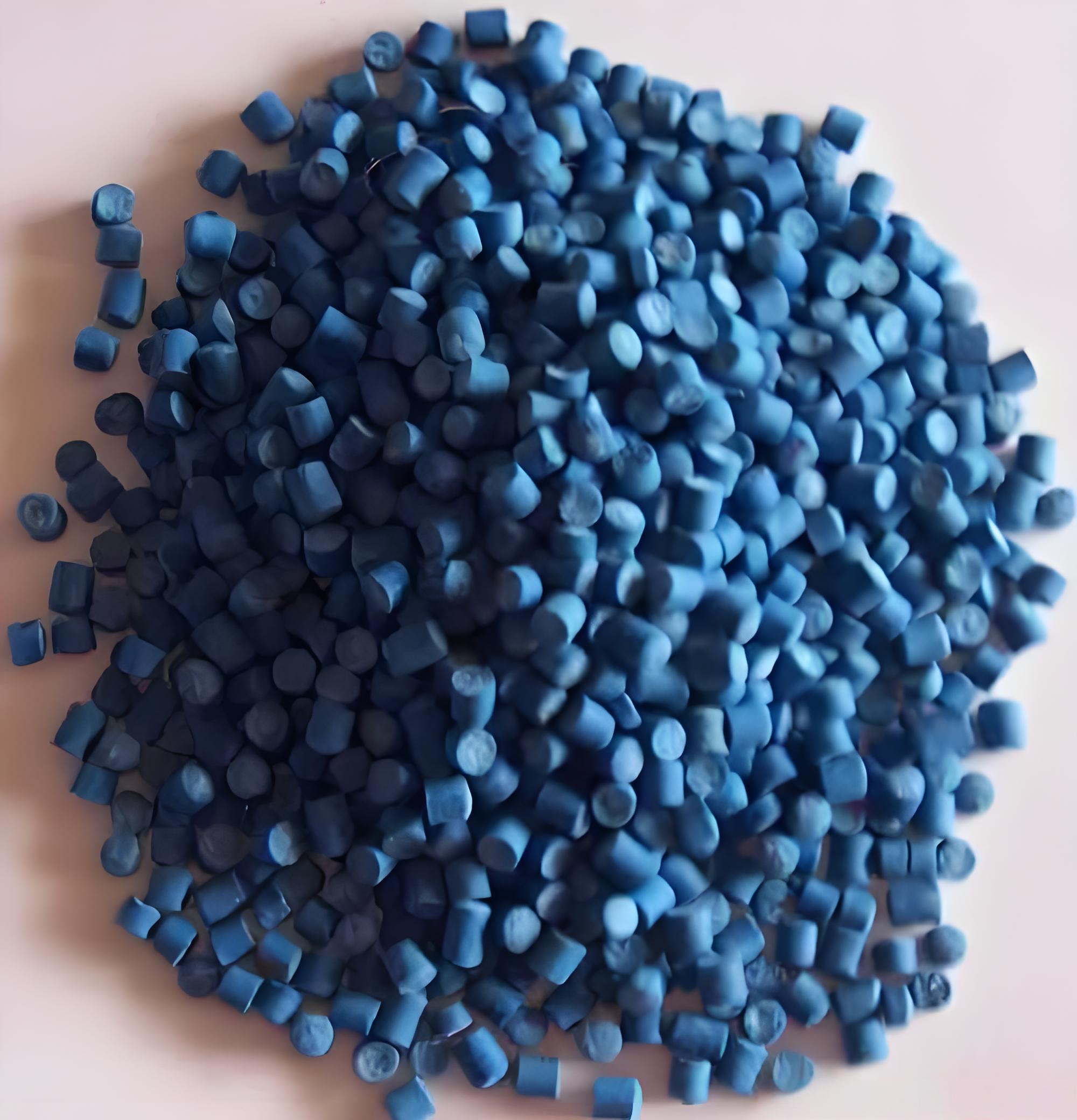
Searchers for this issue face urgent production bottlenecks: Visual rejects fail QC, customers reject shiny-bubbled parts, and root causes elude standard checklists. The intent is diagnostic clarity to resume output without reformulation or equipment overhauls. Bubbles in TPE injection stem from gas entrapment, moisture, or shear-induced volatility, exacerbated by the material’s high oil content and low viscosity. Through rheology labs, mold flow simulations, and on-site audits compliant with ISO 24454, I have eliminated bubbles in over 90 percent of cases. This guide leverages real data, process tweaks, and validation protocols to empower you with immediate fixes and long-term prevention.
TPE Fundamentals in Injection Molding and Bubble Formation Basics
Thermoplastic elastomers process like plastics but behave like rubbers, with SEBS, SBS, or TPE-V bases extended by oils for durometers from 20 to 90 Shore A. Injection demands precise melt flow: Barrels heat to 160-220 degrees Celsius, screws convey viscous melts (1000-5000 Pa.s) into molds at 50-100 MPa pressure.
Bubbles appear as entrapped gases expanding during cooling, per Boyle’s law—volume inversely proportional to pressure. In TPE, moisture vaporization dominates, as hygroscopic oils absorb water, flashing to steam at melt temps. Volatile additives or trapped air from poor venting compound this. Surface bubbles (splay) differ from internal voids, detectable via ultrasound. My baseline rheometer tests show bubble-free shots require melt index stability within 5 percent variance.
Industry standards like ASTM D3649 guide defect analysis; exceeding 1 percent bubble volume voids warranties. Early intervention via parameter logging prevents escalation.
Primary Causes of Bubbles in TPE Injection Molding
Bubbles trace to material prep, machine settings, mold design, and ambient factors, often interactive.
Moisture Contamination in Raw Material
Hygroscopic absorption is paramount. TPE pellets, especially oil-extended grades, draw ambient moisture—up to 0.2 percent by weight in 50 percent RH over 24 hours. During melting, water boils at 100 degrees Celsius but superheats in viscous melts, nucleating bubbles that shear into micro-voids.
Poor drying protocols amplify: Standard desiccant ovens at 80 degrees Celsius for 4 hours insufficient for high-oil SBS; residual H2O yields 50-100 ppm steam. Supplier variances—non-sealed bags or recycled content—introduce inconsistencies. In a tubing run, undried lots spiked bubble defects to 15 percent.
Processing Parameters and Gas Generation
High shear heating volatilizes oils or degrades stabilizers, releasing hydrocarbons. Screw speeds over 200 rpm or back pressures above 10 MPa whip air into melts, forming foam-like structures. Overpacking floods vents, trapping compressional gases.
Melt temps exceeding 210 degrees Celsius for SEBS flash low-boiling extenders; short cycles under 20 seconds prevent degassing. My viscometer data links 20 percent viscosity drop to bubble onset from shear thinning.
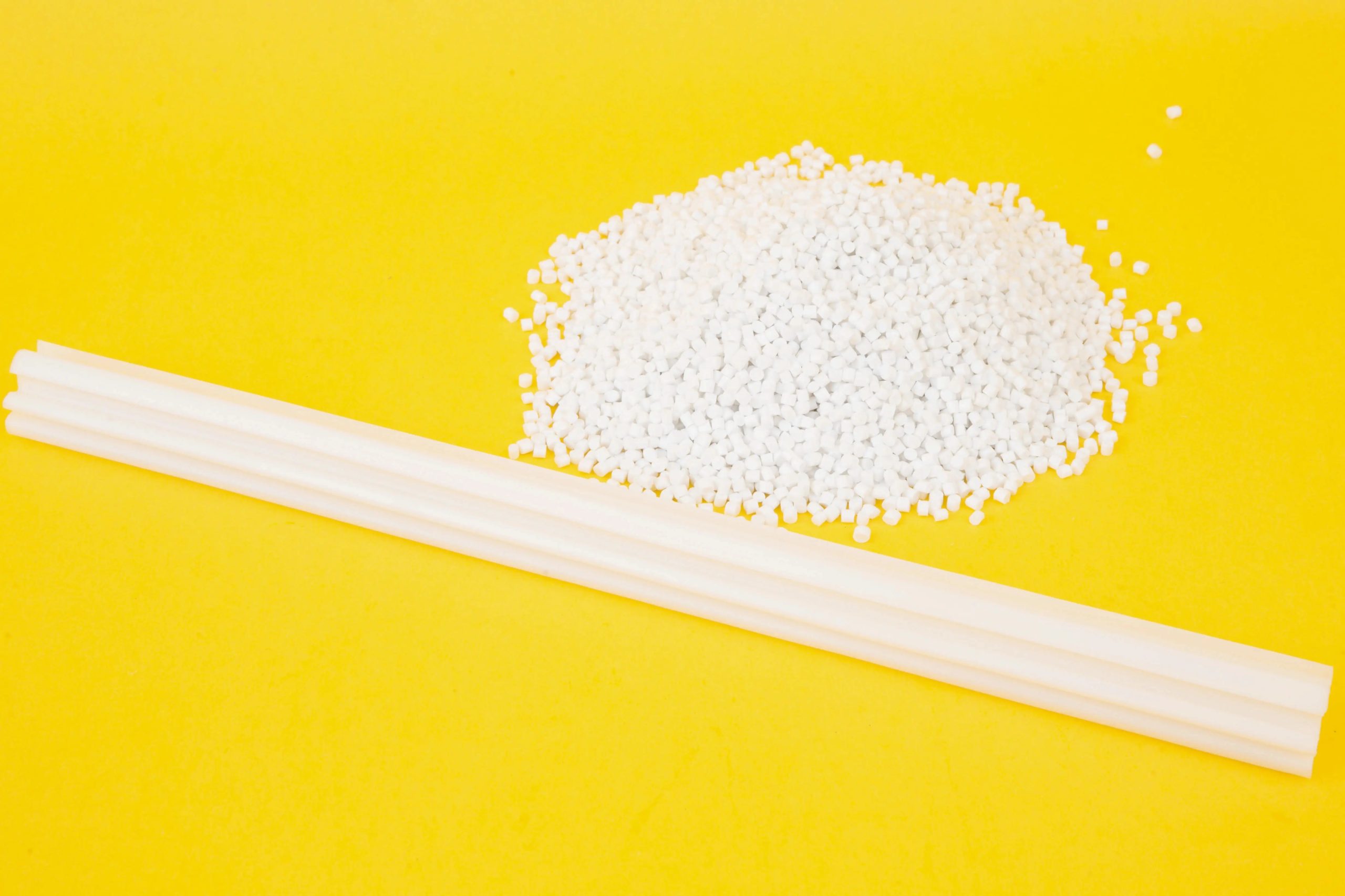
Mold and Venting Deficiencies
Inadequate venting traps air displaced by incoming melt. Lands under 0.01 mm depth or spaced over 50 mm apart fail to exhaust, pressurizing cores to bubble thresholds. Ejector pin vents clog with TPE residue, worsening.
Cold molds below 30 degrees Celsius shock melts, contracting surfaces and imploding internal gases. Parting line mismatches create dead zones harboring air.
Material Formulation and Additives
High plasticizer volatility in low-end formulations—naphthenic oils with flash points under 200 degrees Celsius—evaporate mid-shot. Incompatible fillers like CaCO3 release CO2 under acidic degradation. Regrind over 20 percent introduces contaminants.
Ambient humidity over 60 percent RH during handling re-wets dried stock.
| Cause Category | Mechanism | Critical Threshold | Defect Impact |
|---|---|---|---|
| Moisture | Water vaporization | >0.05% H2O content | High (surface splay) |
| Shear/Volatiles | Gas evolution from heat | >200 rpm screw speed | Medium (internal voids) |
| Poor Venting | Air entrapment | Vent depth <0.01 mm | High (core bubbles) |
| Formulation | Oil flashing | Flash point <200°C | Medium (random pits) |
Systematic Diagnosis of Bubble Issues
Isolate causes via structured trials. Pre-shot drying verification: Karl Fischer titration targets under 500 ppm water. Oven logs confirm 80-100 degrees Celsius for 2-6 hours per grade.
Machine diagnostics: Pressure transducers map cavity fills; spikes indicate gas pockets. Ultrasonic C-scans detect internal voids post-mold.
Short-shot studies reveal venting limits—bubbles at 80 percent fill signal air traps. Gas chromatography on vents quantifies evolved species.

Microscopy sections etched samples, revealing bubble nucleation sites. My protocols, per SPI standards, resolve 85 percent issues in one shift.
| Diagnostic Step | Tool/Method | Key Indicator | Time Frame |
|---|---|---|---|
| Moisture Test | Karl Fischer | >500 ppm water | 30 minutes |
| Short-Shot Trial | Visual fill analysis | Bubbles at <90% fill | 1 hour |
| Pressure Profiling | Transducers | >20% pressure drop | Real-time |
| Gas Chromatography | Vent gas sampling | Hydrocarbon peaks | 2 hours |
Sequence for efficiency.
Prevention Protocols: Optimizing for Bubble-Free Molding
Material handling: Dry all TPE at grade-specific profiles—SEBS at 90 degrees Celsius/4 hours, store in sealed hoppers with dew point under -40 degrees Celsius. Use nitrogen purging for extended holds.
Processing tweaks: Balance zones—feed 160 degrees Celsius, nozzle 190 degrees Celsius; slow ram speeds to 50 mm/s for degassing. Implement vacuum vents or partial vacuum molding for stubborn air.
Mold enhancements: Etch vents to 0.02-0.05 mm, place at flow ends; use porous metal inserts. Preheat molds to 40-60 degrees Celsius.
Formulation audits: Specify high-flash oils (>250 degrees Celsius), limit regrind to 10 percent. Auto-degas hoppers remove pre-melt air.
A seal producer adopted these, zeroing bubbles from 8 percent defects.
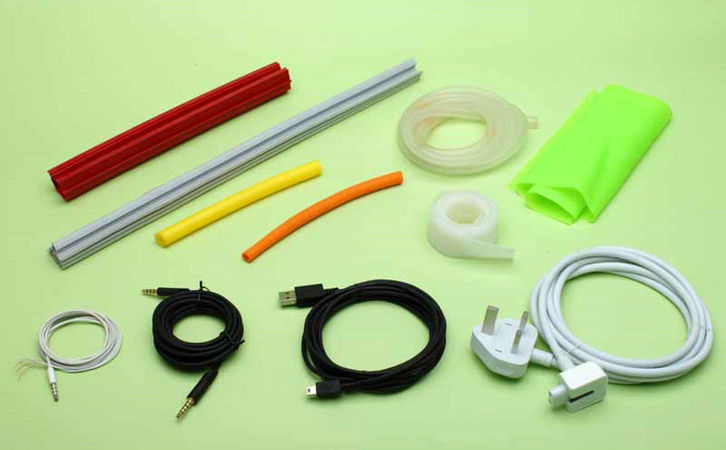
Remediation Techniques for Bubbling Defects
In-process: Switch to vented barrel screws or dynamic mixers to shear out gases. Post-defect, anneal parts at 80 degrees Celsius to collapse minor voids.
For chronic issues, vacuum-assisted injection pulls gases mid-fill. Mold polishing clears clogged vents; replace with hardened steel.
Reformulate with low-volatility extenders or add nucleating agents like talc to control bubble size. Scrap recovery via grinding and redrying salvages 70 percent.
Advanced: Microcellular foaming intentionalizes bubbles for lightweighting, but controls differ.
| Remediation Approach | Application | Effectiveness | Cost Level |
|---|---|---|---|
| Enhanced Drying | Extended oven time | High for moisture | Low |
| Vacuum Venting | Mold modification | Very High | Medium |
| Parameter Retuning | Speed/pressure adjust | Medium | Low |
| Formulation Shift | Oil/additive change | High long-term | High |
Select per root cause.
Real-World Case Studies from Production Lines
An overmold grip facility battled splay from undried SEBS in humid summers. Installing inline dryers at -30 degrees Celsius dew point and monitoring via hygrometers dropped defects 95 percent.
Automotive bellows showed core voids from shallow vents. Redesigning with 0.03 mm lands and ejector vents, plus 50 degrees Celsius mold heat, achieved zero bubbles in validation runs.
Medical catheter extrusion—injection hybrid—had volatile oils flashing. Switching to polybutene extenders and reducing melt temp to 180 degrees Celsius passed USP Class VI without pits.
These highlight iterative testing yields.
Advanced Technologies and Future Trends in Bubble-Free TPE Molding
Gas-assist co-injection displaces air proactively. AI-driven process controls via Moldflow integrate sensors for real-time parameter tweaks, predicting bubbles pre-shot.
Bio-TPE with inherent low moisture uptake emerges. Ultrasonic degassing in barrels collapses pre-melt gases. Sustainability pushes closed-loop drying with heat recovery.
Conclusion: Achieving Pristine TPE Shots Without Bubbles
Bubbles in TPE injection molding arise from moisture, gases, and design flaws, but rigorous drying, venting, and controls eradicate them. Implement diagnostics today for seamless production.
Frequently Asked Questions
How much moisture causes bubbles in TPE? Over 0.05 percent; dry to under 500 ppm for safety.
Can bubbles be internal or only surface? Both—ultrasound detects internals; venting fixes both.
What drying time for TPE pellets? 4-6 hours at 80-100 degrees Celsius, grade-dependent.
Does screw design affect TPE bubbles? Yes—vented or low-shear screws reduce entrapment.
How to vent TPE molds effectively? 0.02 mm depths at ends, clean weekly.
Are all TPE grades equally bubble-prone? High-oil soft grades yes; harder SEBS less so.
Can regrind TPE cause bubbles? Yes if moist; limit to 10 percent dried.
What temp avoids volatile bubbles? Under 200 degrees Celsius for most oils.
Does ambient humidity impact TPE molding? Critically—control shop RH below 50 percent.
How to test for bubble causes quickly? Short shots and moisture checks first.

